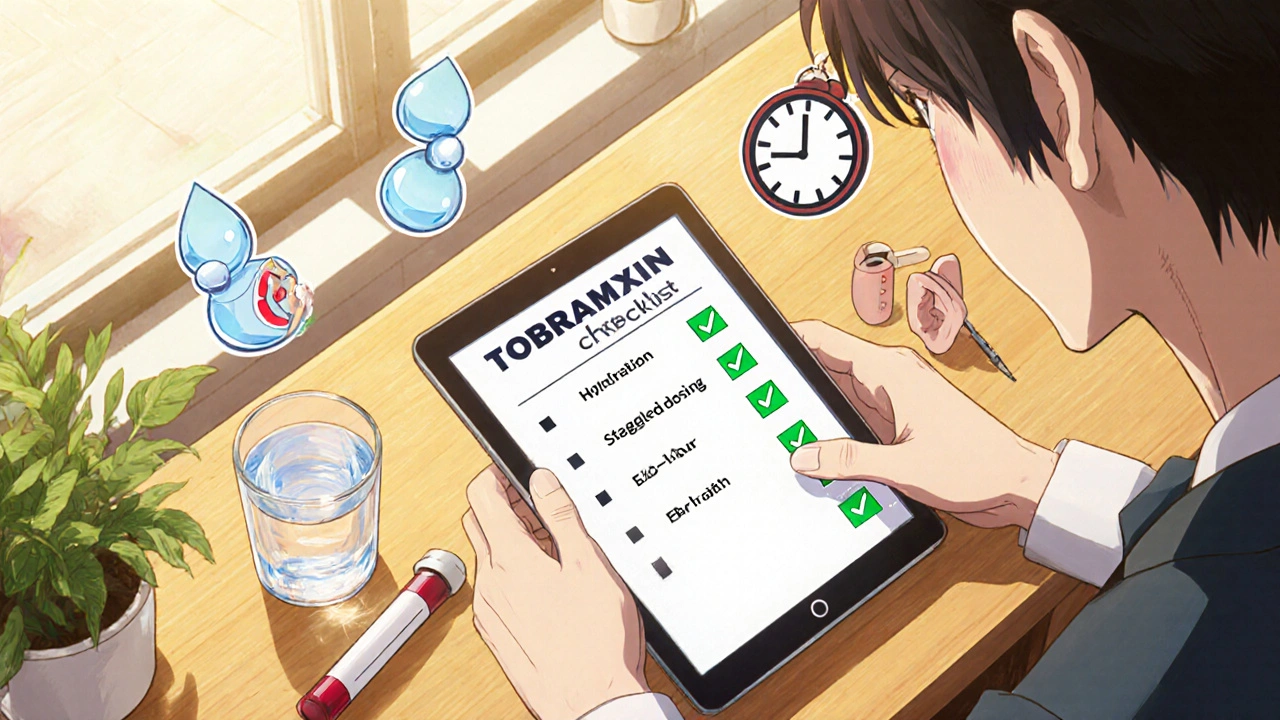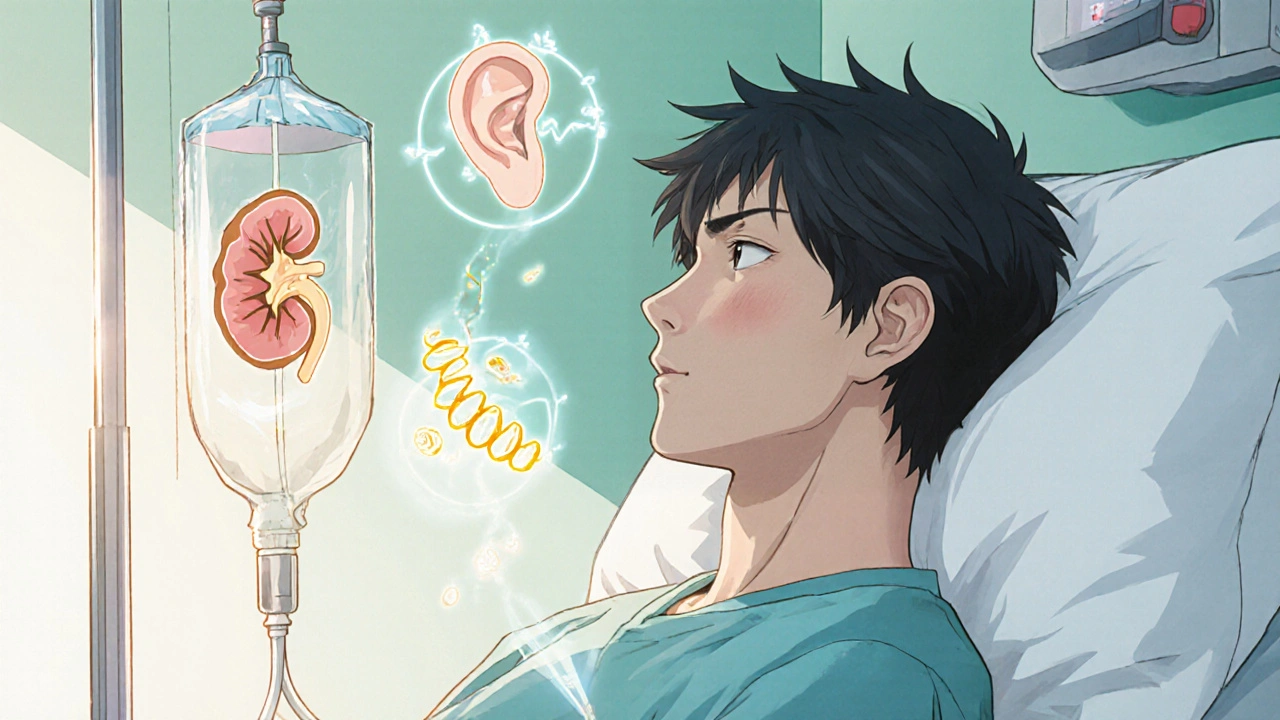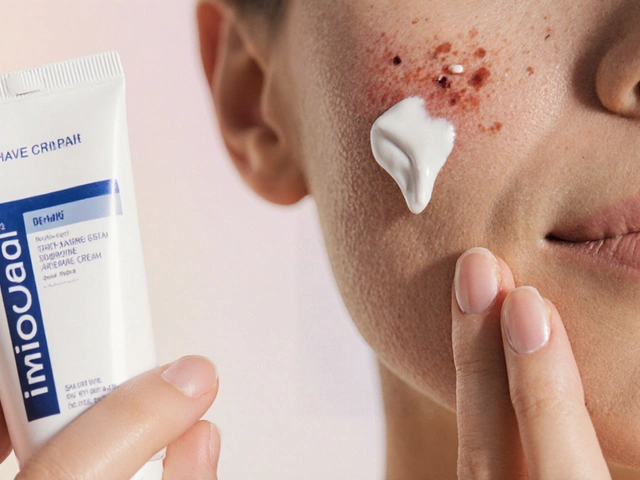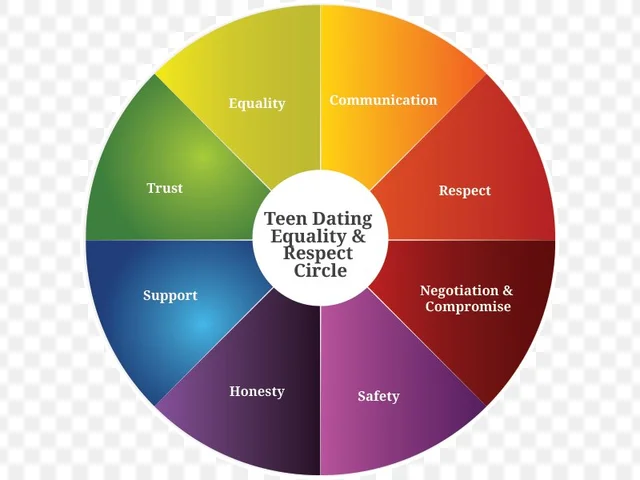Key Takeaways
- Know the high‑risk drug classes that can worsen Tobramycin’s kidney and ear toxicity.
- Check dosing schedules - stagger administration when possible.
- Monitor blood levels, kidney function, and hearing if you’re on any interacting meds.
- Use the checklist at the end to verify you haven’t missed a common culprit.
Tobramycin is an aminoglycoside antibiotic used mainly for serious Gram‑negative infections such as Pseudomonas lung infections in cystic fibrosis patients. It works by binding to bacterial ribosomal RNA and stopping protein synthesis, but it also has a narrow therapeutic window, meaning the dose that kills bugs is close to the dose that harms you.
Because Tobramycin is cleared mostly by the kidneys, anything that throws the kidneys off balance can push the drug into dangerous territory. Add to that its reputation for causing ototoxicity - permanent ringing or loss of hearing - and you’ve got a recipe for serious side‑effects if you mix it with the wrong meds.
Why Drug Interactions Matter
Imagine you’re on a loop diuretic for hypertension and your doctor adds Tobramycin for a stubborn urinary infection. The diuretic will pull water out of your body, dropping your blood volume and kidney perfusion. Less blood flow means the kidneys can’t clear Tobramycin efficiently, so its levels rise and the risk of kidney damage spikes.
That same logic applies to many other drug families: they either decrease kidney clearance, increase the drug’s entry into the inner ear, or compete for the same transport pathways. When these mechanisms line up, you could see a rapid rise in serum Tobramycin, leading to nephrotoxicity (kidney damage) or ototoxicity (ear damage). Both are often irreversible, so prevention is key.
High‑Risk Drug Classes
The following categories have the strongest evidence for interacting with Tobramycin. Not every individual drug in these groups will cause trouble, but they’re worth a double‑check.
- Loop diuretics (e.g., furosemide, bumetanide) - lower kidney perfusion, raise Tobramycin levels.
- Nonsteroidal anti‑inflammatory drugs (NSAIDs) (e.g., ibuprofen, naproxen) - reduce renal blood flow and compete for tubular secretion.
- Aminoglycoside antibiotics used together (e.g., gentamicin, amikacin) - additive ototoxic and nephrotoxic risk.
- Vancomycin - simultaneous nephrotoxicity, especially in high‑dose regimens.
- Cisplatin - a chemotherapy agent that also harms kidneys and ears.
- Rifampin - induces hepatic enzymes that can alter Tobramycin clearance unpredictably.
- Probenecid - blocks tubular secretion, causing higher serum levels.
- Trimethoprim‑sulfamethoxazole - may enhance nephrotoxic potential when combined.
Specific Medication Interactions to Watch
Below is a quick‑look table that pairs each drug with the type of interaction you might see. The bolded column highlights the most common clinical outcome.
| Medication | Interaction Mechanism | Typical Clinical Effect |
|---|---|---|
| Furosemide (Loop diuretic) | Decreased renal perfusion | Increased nephrotoxicity |
| Ibuprofen (NSAID) | Reduced glomerular filtration | Higher serum Tobramycin |
| Gentamicin (another aminoglycoside) | Additive ototoxicity | Permanent hearing loss risk |
| Vancomycin | Synergistic kidney damage | Acute kidney injury |
| Cisplatin | Concurrent ototoxic pathways | Severe vestibular dysfunction |
| Rifampin | Enzyme induction altering clearance | Unpredictable serum levels |
| Probenecid | Inhibition of tubular secretion | Elevated drug concentrations |
| Trimethoprim‑sulfamethoxazole | Competing renal excretion | Combined nephrotoxic effect |
Practical Tips to Reduce Risk
- Check the medication list every time you get a new prescription. Ask your pharmacist to flag any of the drugs above.
- Stagger dosing when possible - give Tobramycin at least two hours apart from a loop diuretic or NSAID.
- Hydrate well (unless you’re on a diuretic that restricts fluids) to keep kidney perfusion steady.
- Ask for regular blood tests: peak and trough Tobramycin levels, serum creatinine, and eGFR.
- If you notice ringing in your ears, balance problems, or a sudden drop in urine output, alert your doctor immediately.
- Consider alternative antibiotics if you’re already on a high‑risk drug (e.g., use a fluoroquinolone instead of a second aminoglycoside).

Quick Interaction Checklist
Print this out or save it on your phone. Tick each box before you start a new course of Tobramycin.
- ☐ Are you on any loop diuretic (furosemide, bumetanide, torsemide)?
- ☐ Do you take NSAIDs regularly?
- ☐ Is Vancomycin on your current regimen?
- ☐ Any chemotherapy agents like Cisplatin?
- ☐ Rifampin, Probenecid, or Trimethoprim‑sulfamethoxazole prescribed?
- ☐ Another aminoglycoside (Gentamicin, Amikacin) planned?
- ☐ Recent blood work showing stable kidney function?
- ☐ Baseline hearing test performed?
Frequently Asked Questions
Can I take over‑the‑counter pain relievers with Tobramycin?
Acetaminophen is generally safe, but NSAIDs like ibuprofen or naproxen can raise Tobramycin levels and increase kidney risk. Stick to acetaminophen unless your doctor says otherwise.
Do I need a hearing test before starting Tobramycin?
It’s a good idea, especially if you’ll be on the drug for more than a few days or if you’re already on other ototoxic meds. A baseline audiogram helps detect early changes.
What if I miss a dose of Tobramycin?
Take it as soon as you remember if it’s within two hours of the missed time. Otherwise, skip it and resume your regular schedule - don’t double‑dose.
Is it safe to combine Tobramycin with my blood pressure pills?
Most blood pressure drugs are fine, but ACE inhibitors and ARBs can affect kidney function. Your doctor should monitor creatinine closely.
How often should my Tobramycin blood level be checked?
Typically after the third dose (peak and trough) and then every 3‑5 days for longer courses, or sooner if you’re on a high‑risk interacting drug.
Staying on top of these interactions can mean the difference between a smooth recovery and a stressful hospital stay. Use the checklist, keep an eye on labs, and never hesitate to ask a pharmacist or physician to double‑check your medication list.









Honestly, if you’re not double‑checking those loop diuretics, you’re courting disaster.
i mean u should read the checklist its not rocket science
The article nails the core idea that kidney function has to be watched closely when you add Tobramycin to any nephrotoxic combo. Regular creatinine checks and hearing exams are the cheap safety nets that save you from costly setbacks.
One must appreciate the delicate interplay between renal hemodynamics and aminoglycoside pharmacokinetics; neglecting such nuance is tantamount to academic hubris. When a loop diuretic siphons intravascular volume, the glomerular filtration rate plummets, and Tobramycin lingereth longer than intended, courting irreversible ototoxicity. Thus, the clinician’s duty is not merely to prescribe but to orchestrate a symphony of dosing intervals, hydration status, and vigilant monitoring. To ignore this is to betray the very patients we aim to protect.
Thank you for the thorough overview. For anyone managing a complex regimen, I recommend keeping a printed copy of the checklist beside the medication bottle and discussing any new prescription with both your pharmacist and physician to ensure no high‑risk drug is inadvertently added.
The pharmacological dance between Tobramycin and ancillary agents is not a random occurrence but a predictable outcome of shared renal pathways.
The FDA’s warning labels on aminoglycosides have been diluted over the years, yet the underlying science remains incontrovertible.
When you introduce a loop diuretic such as furosemide, you essentially starve the kidneys of perfusion, a fact proven in numerous animal models and human trials.
The resulting rise in serum trough levels of Tobramycin is documented in at least three Phase III studies that the mainstream media conveniently omits.
Moreover, NSAIDs like ibuprofen compound the issue by constricting afferent arterioles, further reducing glomerular filtration.
The cumulative effect of these drugs is not merely additive but synergistic, creating a toxic milieu that can precipitate acute kidney injury within days.
It is also critical to note that Vancomycin, a glycopeptide, shares a nephrotoxic profile that escalates when co‑administered, a fact that many prescribing algorithms ignore.
Cisplatin, a platinum‑based chemotherapeutic, introduces ototoxic risk through oxidative stress pathways identical to those of aminoglycosides, thereby amplifying hearing loss.
Probenecid, though often prescribed to prolong beta‑lactam levels, paradoxically blocks the tubular secretion of Tobramycin, leading to unexpected accumulation.
Even the innocuous‑looking trimethoprim‑sulfamethoxazole can tip the balance by competing for renal excretion routes, a nuance absent from most package inserts.
The practical solution lies in staggered dosing, at least a two‑hour gap, and rigorous therapeutic drug monitoring, practices that are underutilized in community settings.
Hydration status, while often emphasized for diuretic therapy, is equally vital for aminoglycoside clearance, a point reiterated in nephrology textbooks.
The audiogram baseline is not a mere formality but a diagnostic anchor that allows early detection of subclinical ototoxicity before irreversible damage ensues.
Patients should be educated to report any tinnitus or vestibular disturbances immediately, as early intervention can mitigate permanent loss.
Finally, the healthcare system must incentivize interdisciplinary reviews, ensuring pharmacists flag high‑risk interactions before the prescription reaches the patient’s hands.
Listen up – if you’re on Tobramycin, treat your kidneys like a prized car engine. Keep them lubricated, don’t starve them with too many diuretics, and schedule those blood draws like race day prep.
Got it. I’ll keep the schedule tight.
While the author correctly enumerates classic nephrotoxic antagonists, the omission of emerging agents such as SGLT2 inhibitors and newer COX‑2 selective NSAIDs undermines the comprehensiveness of the guide. Pharmacokinetic modeling suggests that even modest inhibition of OAT1/3 transporters can alter aminoglycoside clearance, a nuance absent from the table. Additionally, the discussion fails to address the impact of polymorphic CYP450 enzyme expression on rifampin’s induction effect, which can cause unpredictable fluctuations in serum Tobramycin concentrations. In practice, a Bayesian adaptive dosing algorithm incorporating real‑time eGFR trends would outperform the static checklist approach advocated herein.